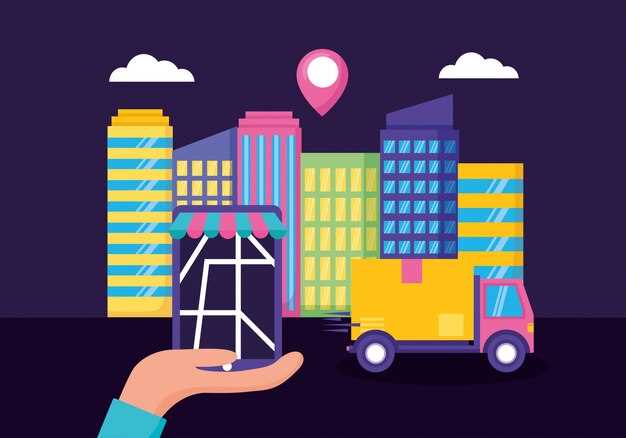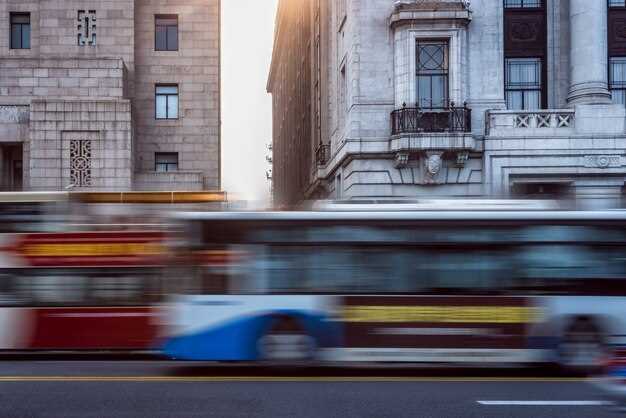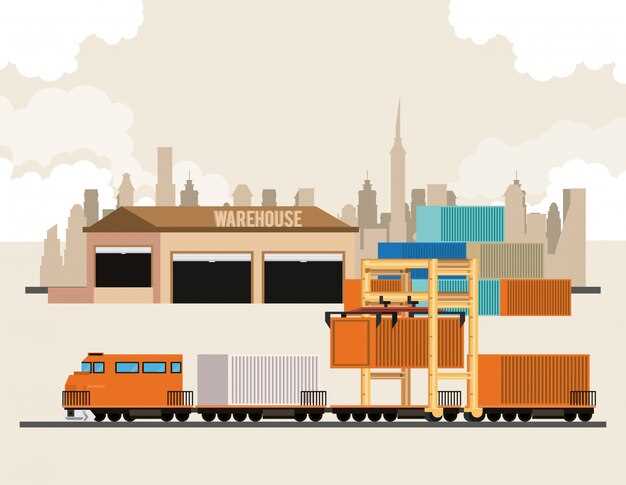
The increasing presence of trucks in urban environments has become a notable trend in recent years, driven by the growing demands of e-commerce and urban logistics. As cities continue to expand and populations increase, the need for efficient transportation of goods has led to a surge in the number of commercial vehicles operating within city limits. This phenomenon is not merely circumstantial; it is rooted in deeper economic shifts that are reshaping urban landscapes.
Trucks serve as a vital link in the supply chain, facilitating the movement of products from distribution centers to retail outlets and directly to consumers. However, this rise has multiple implications for urban life, including traffic congestion, environmental concerns, and changes in urban planning policies. The allure of convenience often overshadows the challenges this influx poses to city infrastructure and the quality of life for residents.
Moreover, the increase in truck traffic raises important questions about the sustainability of urban transport systems. Are cities prepared to accommodate these vehicles, or will the resulting strain lead to more significant long-term issues? As urban planners and policymakers grapple with these questions, understanding the impact of trucks in city environments will be crucial in formulating strategies that promote both economic growth and urban livability.
Challenges of Increased Truck Traffic in City Centers

The rise of trucks in urban areas has brought about significant challenges, particularly in city centers where congestion, environmental concerns, and infrastructure strain are increasingly evident.
One of the primary issues is traffic congestion. Trucks, often larger and less maneuverable than passenger vehicles, contribute to bottlenecks that slow down traffic flow. Their size requires more space on the road, making it difficult for smaller vehicles to navigate around them. This congestion not only leads to delayed travel times but also increases frustration among drivers and pedestrians alike.
Furthermore, increased truck traffic exacerbates air pollution. Trucks tend to emit more greenhouse gases and particulate matter than smaller vehicles, which significantly impacts air quality. Urban populations often face health risks associated with prolonged exposure to these pollutants, including respiratory issues and cardiovascular diseases. As cities push for sustainability and cleaner air, the rise of truck traffic poses a contradiction with public health goals.
Infrastructure strain is another critical challenge. Many urban areas were not designed to accommodate the current volume and size of truck traffic. Roads, bridges, and sidewalks are often inadequately equipped to handle the weight and frequency of trucks, leading to accelerated wear and damage. The necessity for constant repairs and infrastructure upgrades increases public spending and diverts resources from other essential city services.
Additionally, safety concerns grow with the rise of trucks in dense environments. Larger vehicles have larger blind spots, and their stopping distances are longer, increasing the risk of accidents involving pedestrians and cyclists. Traffic collisions can lead to severe injuries or fatalities, raising alarms about road safety in urban centers.
Moreover, the logistical challenges for freight delivery contribute to the problem. Urban areas often have restrictions regarding when and where trucks can operate, leading to increased pressure on delivery schedules. These regulations can encourage drivers to rush or ignore traffic rules, further endangering public safety.
To address these challenges effectively, cities must develop innovative approaches that include better traffic management systems, improved infrastructure planning, and enhanced policies regulating commercial vehicle access. Collaboration between city planners, transport authorities, and local businesses is essential to create a more balanced and sustainable urban transport system.
The Role of Trucks in Last-Mile Delivery Solutions

Trucks play a critical role in last-mile delivery solutions, acting as the final link between distribution centers and the end consumer. Their ability to handle a variety of packages, from bulk items to smaller deliveries, makes them indispensable in urban logistics. Trucks equipped with advanced technology enhance operational efficiency, allowing for real-time tracking and route optimization.
In densely populated urban areas, the use of smaller delivery trucks or vans has become increasingly popular. These vehicles can navigate narrow streets and congested traffic, providing flexibility that larger vehicles lack. As e-commerce continues to surge, businesses are leveraging trucks to ensure timely deliveries, which is essential for customer satisfaction.
Moreover, trucks are adapting to environmental concerns. Electric and hybrid models are emerging, reducing emissions significantly and contributing to sustainable urban environments. This shift not only meets regulatory standards but also appeals to eco-conscious consumers.
To mitigate challenges such as traffic congestion and restricted access zones, logistics companies are integrating multi-modal transportation systems. Trucks often work in tandem with bikes or drones for the last leg of delivery, optimizing the workflow and maintaining efficiency.
In summary, trucks remain a backbone of last-mile delivery services, evolving with technological advancements and environmental demands. Their versatility and adaptability ensure they meet the growing needs of urban deliveries effectively.
Policy Approaches for Managing Urban Trucking Activities
As urban areas continue to grow, the rise of trucking activities poses significant challenges related to traffic congestion, air quality, and public safety. Effective management of urban trucking requires a multifaceted approach through comprehensive policy measures.
1. Designated Truck Routes: Implementing specific routes for trucks can alleviate congestion in high-density areas. By directing trucks away from residential neighborhoods and towards major highways, cities can reduce traffic disruptions and improve safety for pedestrians and cyclists.
2. Time-of-Day Restrictions: Enforcing delivery windows during off-peak hours can minimize the impact of trucks on urban traffic. These regulations can be particularly beneficial in busy commercial districts, allowing for smoother operation and reduced congestion during peak hours.
3. Access Fees and Congestion Pricing: Introducing fees for trucks operating in congested zones can incentivize the use of alternative transport methods and reduce overall truck traffic. This approach can also generate funds for urban infrastructure improvements.
4. Low Emission Zones (LEZs): Establishing LEZs can help cities mitigate the negative environmental impacts of trucking. By restricting access for older, more polluting vehicles, urban areas can encourage the adoption of cleaner technologies and significantly lower emissions.
5. Infrastructure Improvements: Investing in infrastructure, such as dedicated truck lanes and optimized loading zones, can promote efficient freight movement within urban environments. Well-designed facilities help streamline deliveries and reduce the likelihood of accidents and bottlenecks.
6. Collaboration with Industry: Partnering with logistics and trucking companies can help create tailored solutions that address specific urban needs. Engaging stakeholders in policy development fosters cooperation and leads to innovative practices in urban freight management.
7. Smart Technology Integration: Utilizing smart technologies, such as real-time tracking and routing applications, can enhance the efficiency of urban trucking. By leveraging data analytics, cities can monitor traffic patterns and make informed decisions to optimize truck routes and reduce delays.
8. Public Awareness Campaigns: Educating residents and trucking companies about the challenges and solutions related to urban trucking is essential. Increased awareness can facilitate better compliance with regulations and encourage community engagement in transportation planning.
By implementing these policies, urban areas can effectively manage trucking activities, balancing the needs of commerce with public safety and environmental sustainability.


